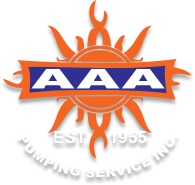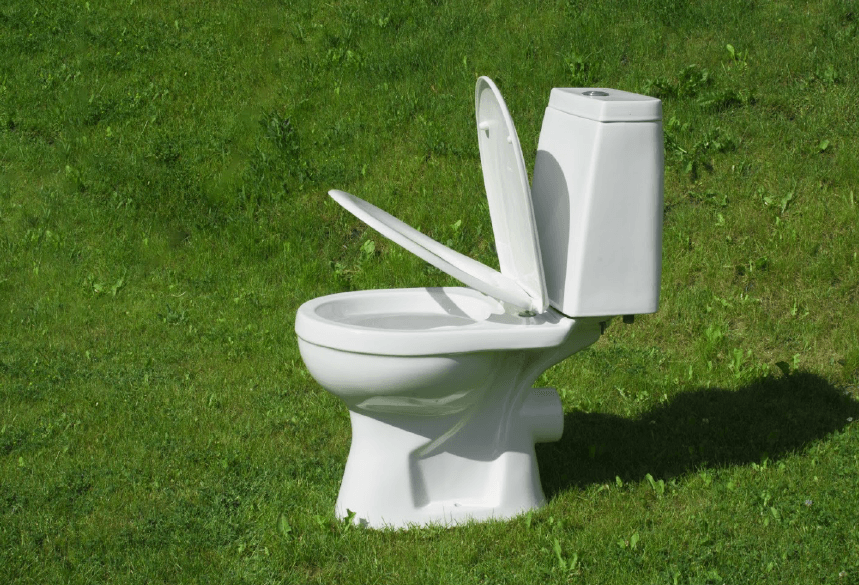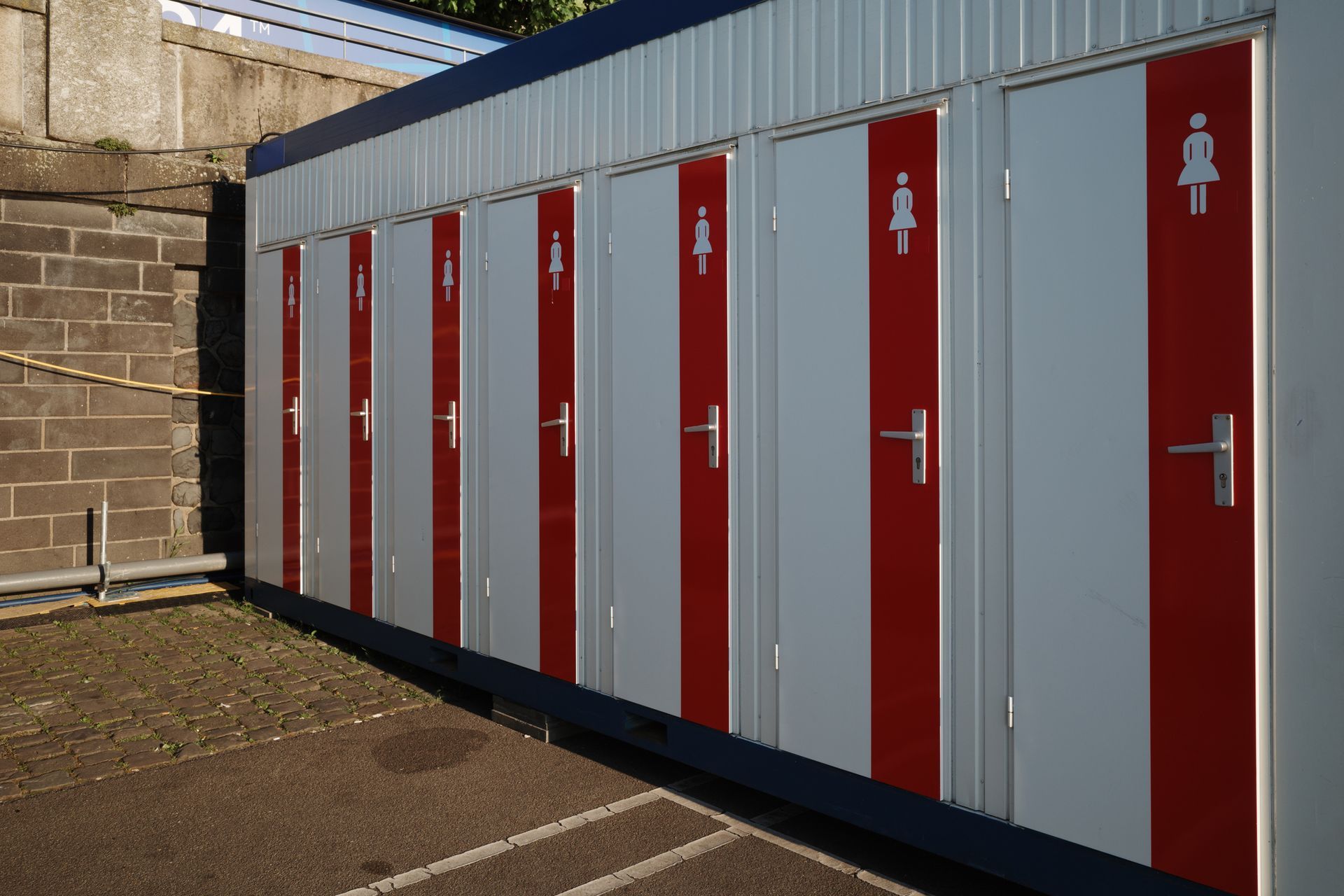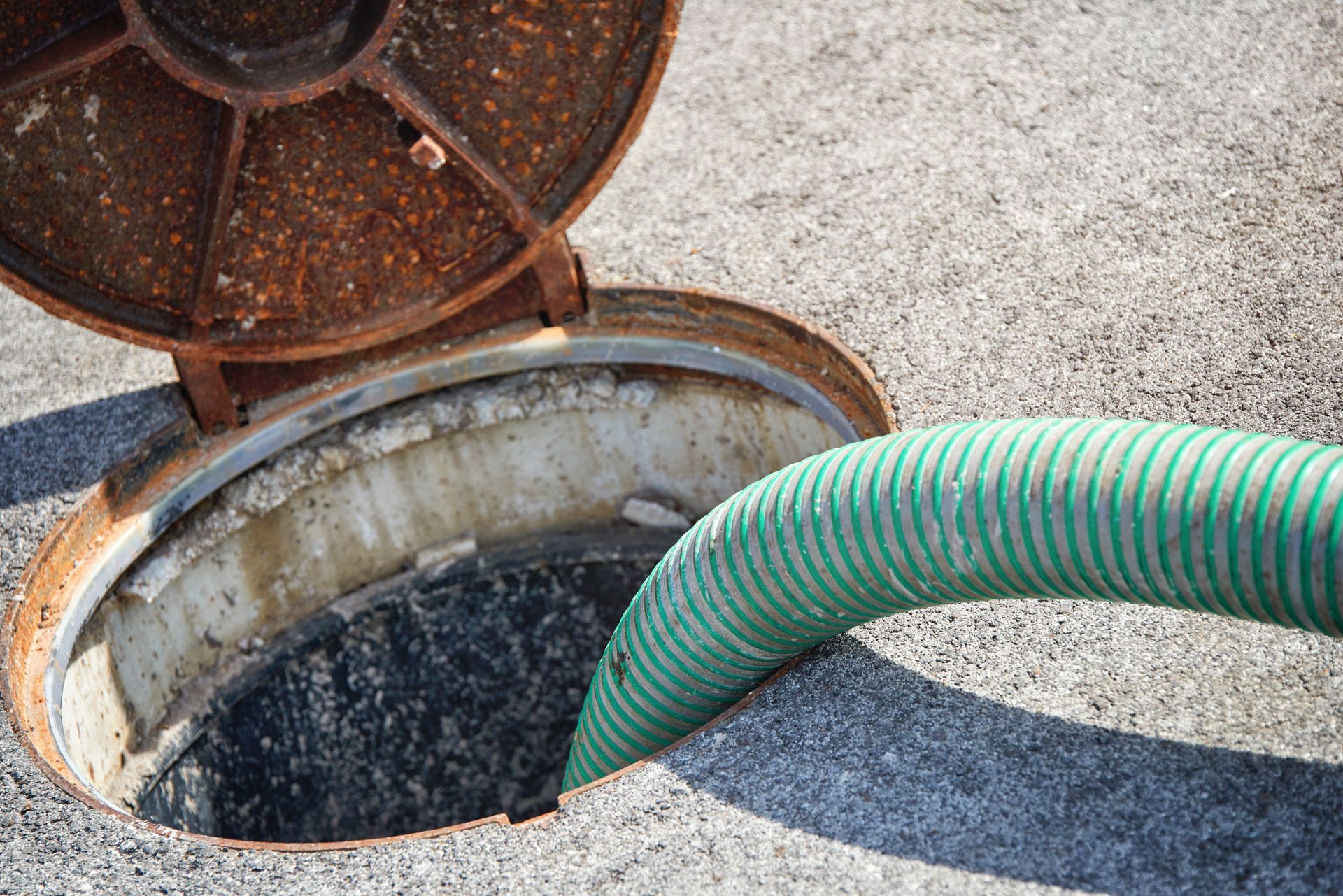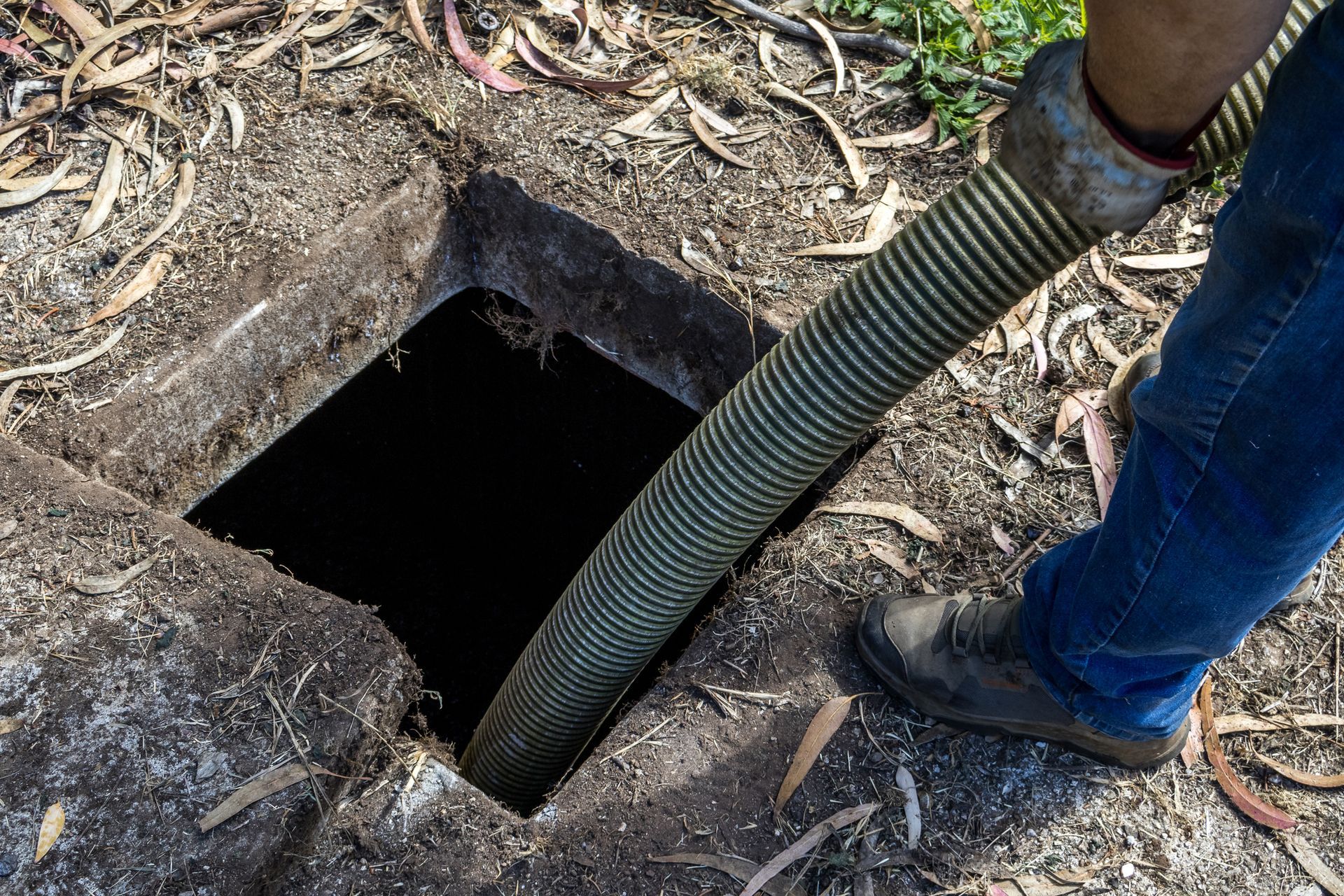Know When to Replace Your Septic System
Although your septic system is built to last, proper maintenance can help prolong its lifespan. But even then, you'll still have to replace your unit as it grows older. Certain performance issues may eventually force you to replace some parts of your septic system - although others may warrant a complete replacement.
The more severe issues often start slowly and temporarily disappear after a repair job. However, they may resurface and continue to cause more extensive damage to your system. The best solution would be a full system replacement.
Discover four signs that you may need to replace your septic system.
1. Patches of Unusually Green Grass
When you have a failing septic system, you're likely to notice patches of greener grass around your drainfield or septic tank. The lush appearance of grass around these sections often stands out from the rest of your lawn. Also, the grass may seem to grow faster than the rest of the plant life in your yard.
The patches of greener grass result from higher levels of moisture, especially near your drainfield. The drainfield filters out wastewater coming from the septic tank. But when the drainfield fails, a lot of moisture may collect around the area.
Additionally, the sewage left behind could become good fertilizer for the grass growing around the drainfield. The increased nutrients and moisture encourage nearby plant life to flourish more than the other vegetation in your lawn.
Leaking sewage could mean that your septic system is failing and needs replacement. You could schedule an emergency inspection to be sure of what you're dealing with.
2. Unexplained Puddles in Your Yard
Water puddles around your septic system are rarely good news, especially if you can't tell where the water is from. Sometimes, heavy rains can cause puddles near your septic system. However, if you notice pools of water without any rain, you may have a serious issue on your hands.
If wastewater from your septic system cannot absorb into the ground quickly enough, the water ends up forming puddles above the ground. Eventually, you may find raw sewage floating in the water puddles. Besides being a significant health risk for you and your family, such puddles can extend to the drainfield and create even more problems.
Unfortunately, stagnant water can only get worse, affecting other parts of your home. For instance, if pooling happens near your home's foundation, you might expect significant structural damage to your house. But you're more likely to have foundational damage if your septic tank is closer to the house.
If you're lucky, an extensive repair may fix this problem. However, if the issue doesn't go away, your septic system expert may suggest a full septic replacement.
3. Frequent Sewage Backups
Raw sewage backups can happen if your system has some blockages in the drainpipes. Sometimes, a routine inspection by a professional can help identify the cause of the blockage and fix the problem. However, several blockages and backups may point to a more extensive problem, such as a failing drainfield.
A failed drainfield may be unable to absorb all the wastewater coming from the septic tank. The extra wastewater won't have anywhere else to go. Eventually, the water could flow back into the tank. But you may not have any room left in the tank for fresh wastewater coming from the drains, hence frequent sewage backups.
You could schedule a septic tank pumping appointment to remedy the problem. But pumping may only be a temporary fix if your system needs extra attention. Your septic system expert could suggest replacing parts of your system that may cause the reverse flow issue.
If you notice that your septic system's performance keeps getting worse with every repair, consider replacing your system. But if you're not sure where to start, contact us at AAA Pumping Service Inc. for more information.
